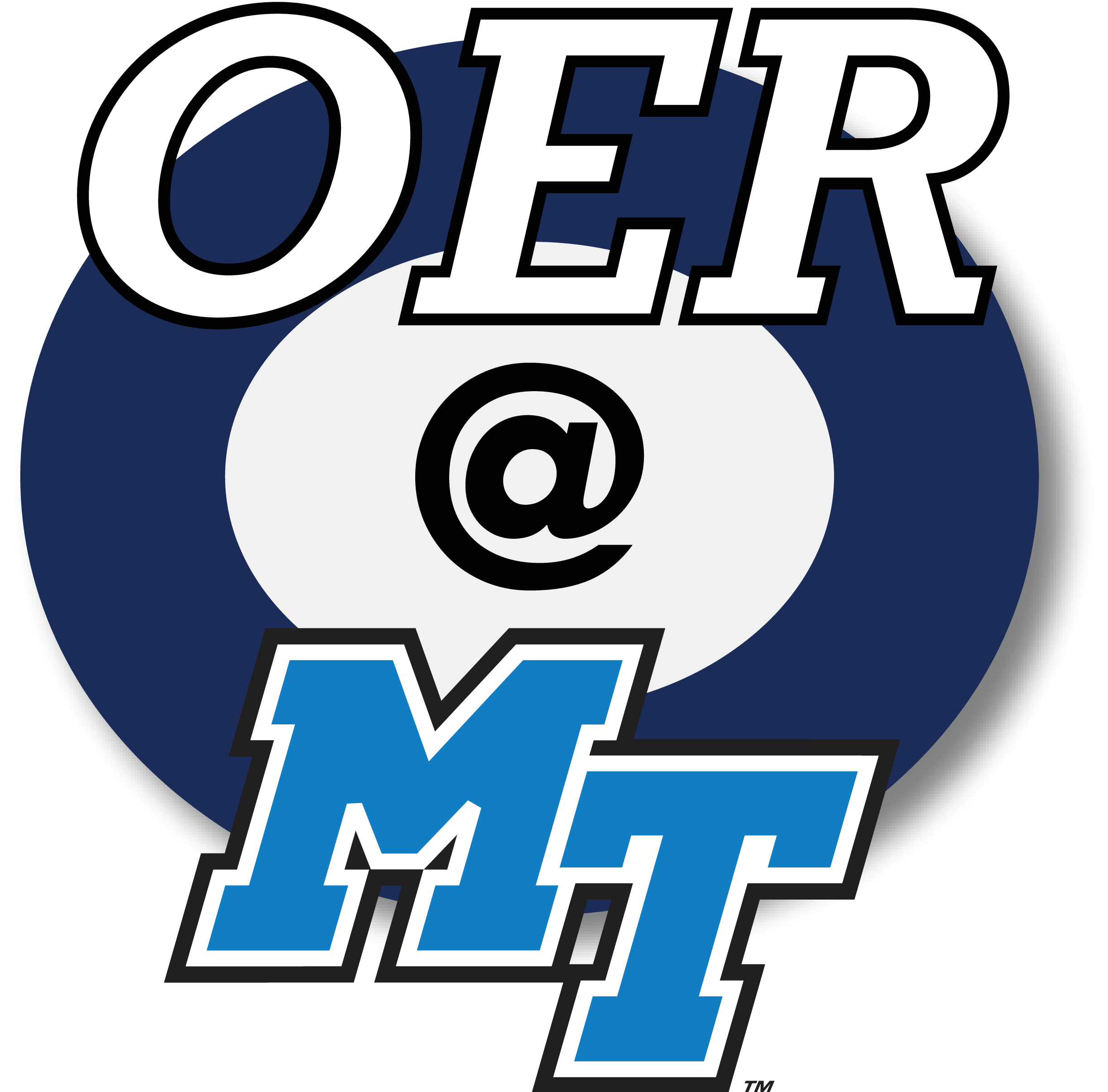How to Use This Book
Elissa Ledoux
How to Use This Book
This book is not meant to be progressed through linearly. Rather, each module focuses on a different ABET student outcome, so the information and activities in the book should be used at appropriate times throughout the course sequence.
- Module 1: Problem Solving is mainly review of concepts and practices that students have previously learned, and is a helpful refresher and information reference for things they may have forgotten
- Module 2: Design will be the focus of the first part of the course, when students are in the design phase
- Module 3: Communication is relevant for presentations, reports, and other documentation
- Module 4: Ethics and Professional Practice is a short module that can be used at any time throughout the design and prototyping process
- Module 5: Teamwork is applicable at the beginning of the course for project planning, and periodically for project management needs
- Module 6: Experimentation is the focus of the latter half of the course, when prototypes need to be tested and evaluated
- Module 7: Lifelong Learning is applicable at the start and end of the course for research strategies and final evaluations
- Module 8: Career Readiness is not a part of the design cycle and is meant to be used prior to a career fair or in general for supporting students in their job search
Some topics may not be applicable to certain majors, and a one-semester capstone course would not have time for as many activities as a two-semester course; therefore, topics covered are up to the instructor’s discretion.
Sample Course Schedules
A generalized course schedule is shown below, with the design process in the left column and relevant course assignments for each phase on the right.

A one-semester capstone course would use the model above, with the exception of the marketing, or “Make Money” phase, due to time constraints. In a one-semester capstone, there may also not be time for iteration, so the linear version may be used without looping back from the “Test & Evaluate” phase to the “Detail Design” phase. Since design is a cyclic rather than a linear process, two semesters are ideal. In a two-semester course, the iteration loop would be used more heavily in the second semester, where there is ample time for testing and revision.
Sample course schedules for both one and two-semester capstone programs are downloadable below. Both assume a 15-week semester with one week of break, and two class meetings per week (Tuesday/Thursday for simplification).

